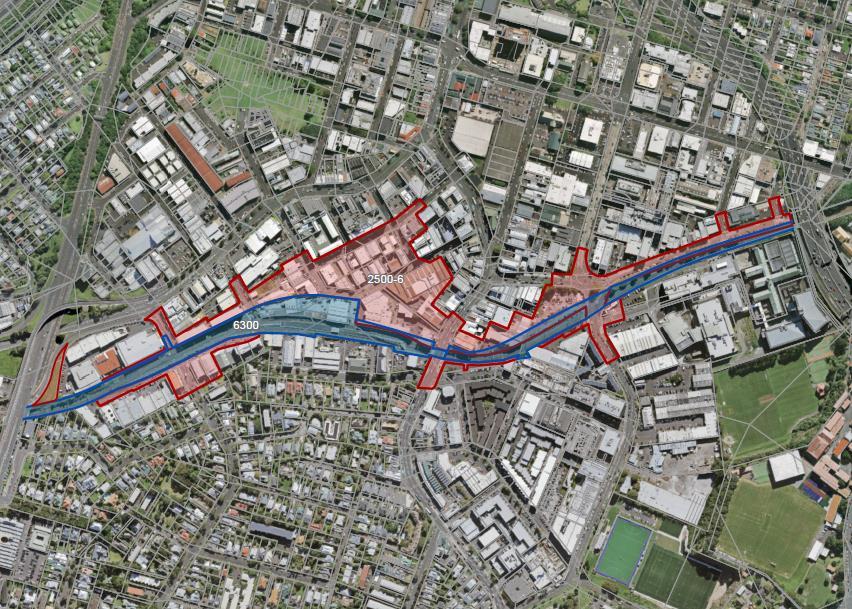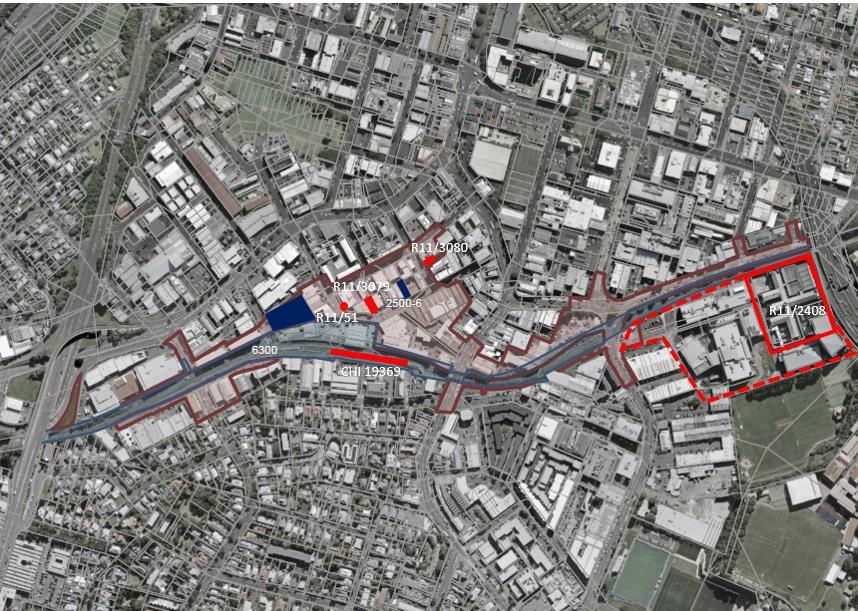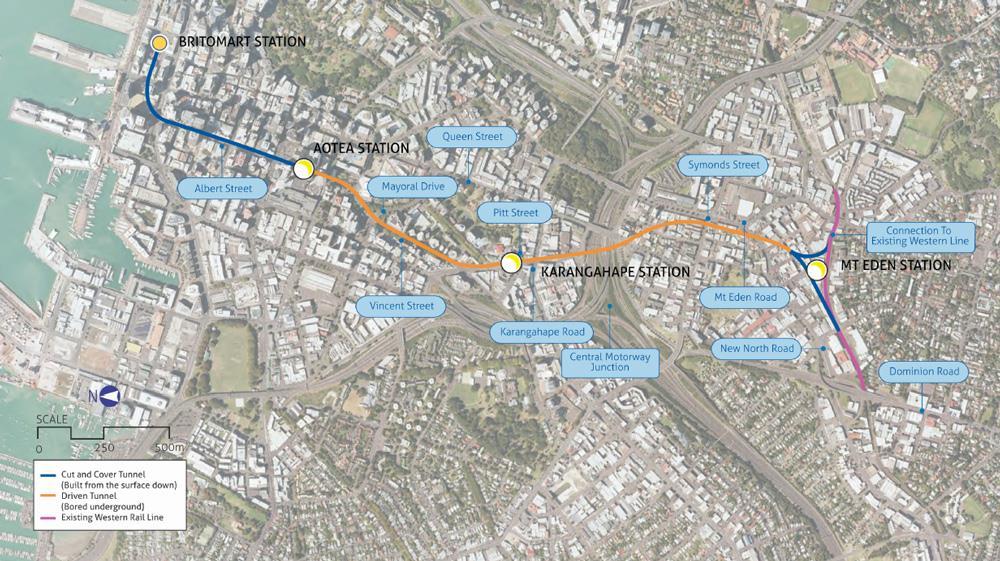Historic Character Delivery Work Plan (Archaeology Section)
Appendix A: Consultation Record A1 CLG Comments A Mt Eden CLG meeting was held on 11th May 2020 to discuss the main works and for the CLG to provide comments / feedback on the CEMP and sub-plans, including this HC DWP (Archaeology Section). No comments were received from the CLG on this HC DWP (Archaeology Section).
A2 IPR Comments The reviewer’s comments have been addressed as follows: HCDWP Section
Table 1-1, 4.2 Figure 6-1
6.7
Page 23
Comment
Resolution
In general, the DWP is clear and comprehensive. It largely covers all necessary roles, responsibilities and archaeological procedures clearly and concisely. A table of acronyms should be provided at the start of the document.
-
There are broken MS Word links
No changes made. Acronyms have been checked and all are spelled out in full when first used These have been corrected
The numbers showing where monitoring is required appear to be in the wrong place, or else the figure is very hard to read. Stand Down Periods. This section states that “timeframes need to be flexible” and section 6.6 states that “sufficient time and opportunity will be allowed for the recording and sampling of any archaeological features or deposits encountered.” However, Table 6.1 provides for Maximum Stand Down Periods, which is incompatible with flexible timeframes and sufficient time and opportunity. Row 1 says both ‘Maximum 2 days’ and Sufficient time’. If sufficient time turns out to be 3 or more days, this results in a lack of certainty for the project. Condition 3 of HNZPT authority 2017/793 states that “All archaeological evidence encountered during the exercise of this authority must be investigated, recorded and analysed in accordance with current archaeological practice.” Current archaeological practice is potentially time consuming and, while it is understood that
No change. There is no figure 6-1 (this is assumed to be a carry over from a previous review). No changes have been made, as the contents of Table 6.1 are consistent with the Archaeological Management Plan approved under the Heritage NZ Authority (2017/793) and have been standard for previous Authorities and Heritage Management Plans approved by Council for other projects of this type, where extensive archaeological remains are not expected. We do not consider there is incompatibility between the fact that the contractor’s timeframes need to be flexible, and the minimum stand down periods given, as the necessary flexibility sits within those timeframes. Only limited remains are likely to be encountered during the main works, and 2 days has always proved sufficient for the archaeological team to investigate and record any feature encountered in such modified urban
| Mt Eden Main Works




